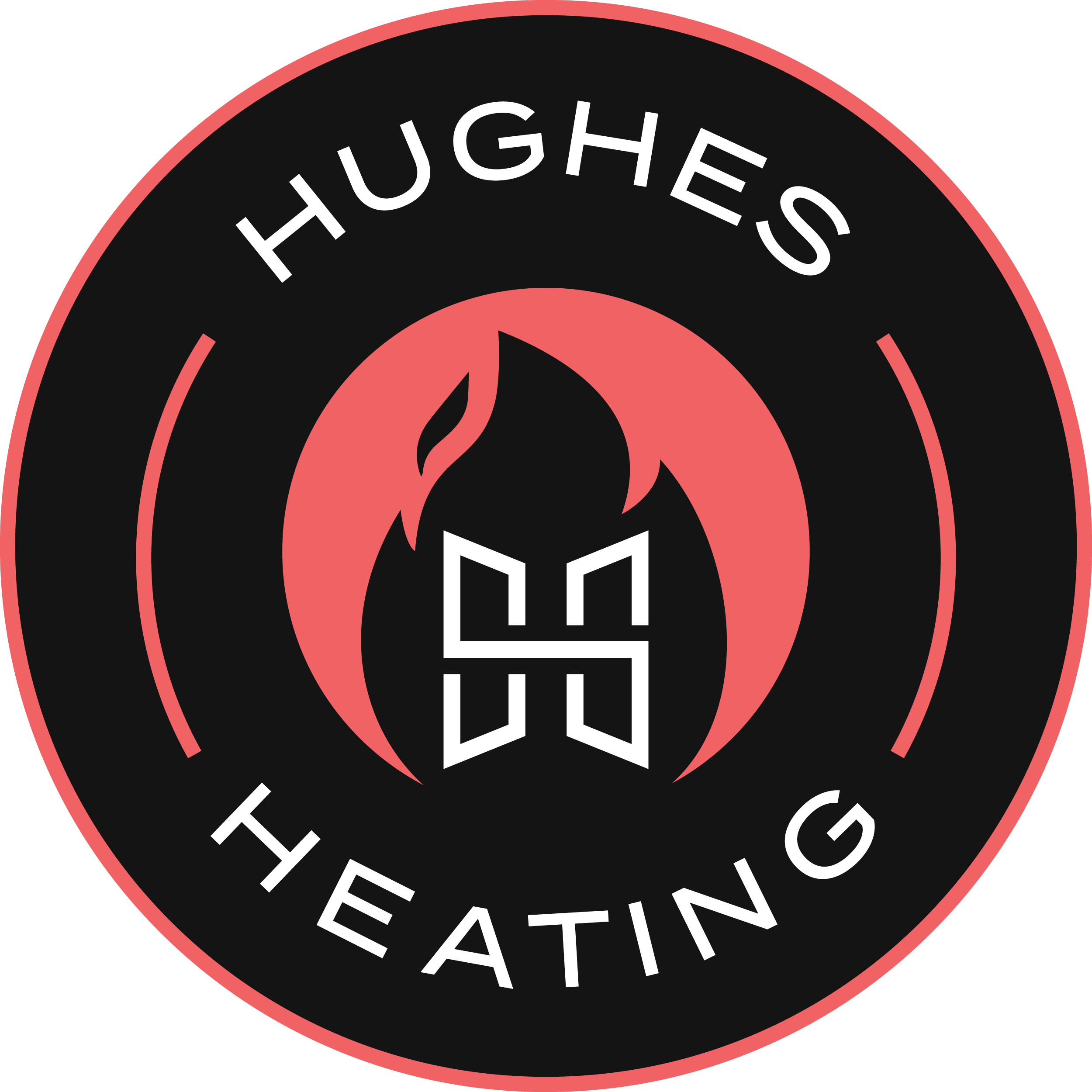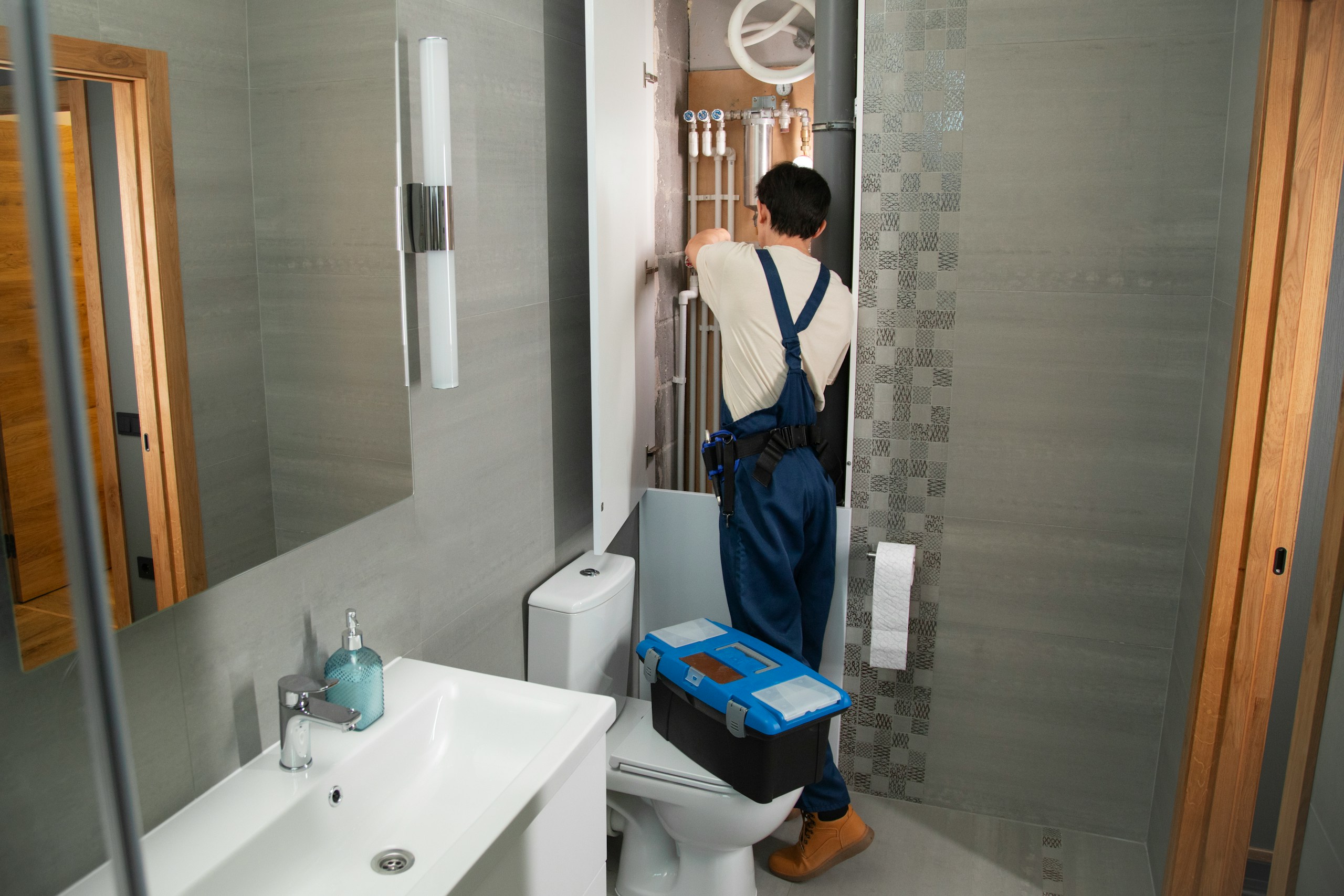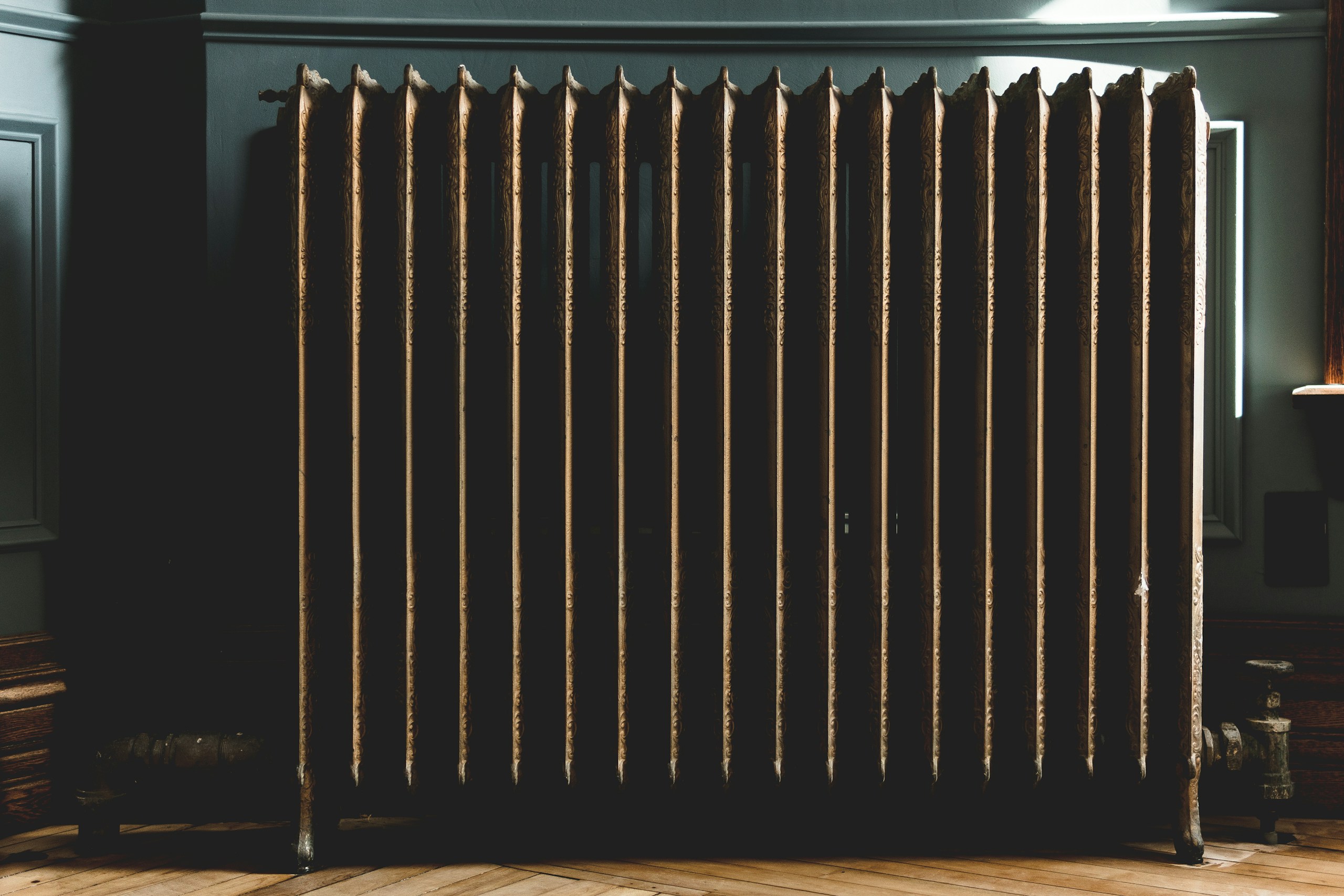Considering that burst pipes cause almost £50 million of damage annually across the UK. This guide will equip you with essential knowledge and strategies to safeguard your home against winter’s plumbing perils, ensuring peace of mind and protecting your wallet.
Ashford’s winter climate, while milder than some UK regions, still poses significant risks to your home’s plumbing and heating system. As temperatures dip, the threat of frozen pipes looms, potentially leading to costly damage and disruption.
Understanding the Risks
Frozen pipes present a silent yet dangerous threat to your home’s plumbing infrastructure. When water freezes, it expands, exerting immense pressure on pipe walls. This pressure can cause pipes to crack or burst, leading to extensive water damage when thawed.
The statistics paint a stark picture of this risk. Across the UK, approximately 2,650 pipes burst every year, with an average repair cost of £8000 per incident. This isn’t a rare occurrence either; 6% of Brits have experienced damage due to frozen pipes.
Winter’s impact on home insurance claims is equally telling, with 23% of claims for burst pipes occurring in January and February alone. These figures highlight the critical importance of proactive winterproofing measures for your home’s plumbing system.
Essential Preparation Steps
Insulating Pipes
Pipe insulation stands as your first line of defense against winter’s icy grip. This crucial step prevents heat loss and maintains water temperature, significantly reducing the risk of freezing. Alarmingly, nearly a quarter (24%) of Brits don’t plan to insulate their pipes for winter, leaving themselves vulnerable to costly damage.
Focus your insulation efforts on pipes in unheated spaces like lofts, garages, and crawl spaces. These areas are particularly susceptible to temperature drops. Don’t overlook outdoor pipes; they’re at greatest risk. Use foam sleeves or pre-formed lagging to wrap pipes thoroughly, ensuring no gaps remain. Pay special attention to bends and joints, as these areas are prone to heat loss.
For outdoor pipes, consider heat tape or heating cables for extra protection. These electric solutions provide consistent warmth, keeping pipes above freezing point even in the coldest weather.
Boiler Maintenance
Your boiler is the heart of your home’s heating system. Therefore, an annual servicing by a Gas Safe registered engineer is a necessity. This maintenance check ensures your boiler operates at peak efficiency, reducing the risk of breakdown during winter’s coldest days. You don’t want the warmth to disappear when things are at their coldest, so be aware of when to take action.
During a service, engineers clean vital components, check for wear and tear, and adjust settings for optimal performance. This not only enhances reliability but also improves energy efficiency, potentially lowering your heating bills.
Consider upgrading an old boiler to a more energy-efficient model. While the initial cost may seem high, the long-term savings on energy bills and reduced risk of winter breakdowns often justify the investment.
Temperature Management
Maintaining a consistent temperature throughout your home is key to preventing frozen pipes. Set your thermostat to a minimum of 12°C, even when you’re away. This baseline temperature keeps water flowing and prevents pipes from reaching freezing point.
Smart thermostats offer enhanced control and efficiency. They allow remote temperature management via smartphone apps, enabling you to adjust settings if temperatures unexpectedly plummet while you’re away. Some models even learn your habits, automatically optimizing temperature settings for comfort and efficiency.
Locating and Testing Stop Taps
Knowing your stop tap’s location and ensuring it functions properly could be the difference between a minor inconvenience and a major disaster. The main stop tap typically resides under the kitchen sink or where the mains enters your property.
Test your stop tap regularly by turning it off and on. If it’s stiff or doesn’t fully close, consider having a plumber replace it. Ensure all family members know the stop tap’s location and how to operate it. In case of a pipe burst, quick action to shut off the water supply can minimize damage significantly.
Remember, preparation is key. By following these essential steps, you’ll significantly reduce your risk of winter plumbing disasters, ensuring a warm, dry, and worry-free season in your Ashford home.
Additional Protective Measures
Pipe Repair
Sealing air leaks around windows, doors, and electrical outlets prevents cold air from infiltrating your home and potentially freezing pipes. Use weatherstripping or caulk to seal these gaps. Don’t overlook minor plumbing issues as they can escalate quickly in winter. Fixing a dripping tap could save 5,500 litres of water annually and slash £18 off your water bills. That’s a win for your wallet and the environment.
Outdoor Plumbing Care
Don’t let your garden hoses become your winter nemesis. Disconnect them from outdoor taps and drain thoroughly before storing indoors. Leaving hoses connected can trap water, leading to freezing and potential pipe damage. For outdoor taps, invest in insulated covers or consider installing frost-proof alternatives. These simple steps can prevent costly repairs come spring.
Preparations for Extended Absences
If you’re planning a winter getaway, don’t let your pipes take a holiday too. Maintain a minimum temperature of 12°C throughout your home. This keeps water flowing and prevents freezing. Enlist a trusted neighbour to check on your property regularly. They can spot potential issues early, potentially saving you from returning to a flooded home.
Professional Help
While DIY measures are always advisable, sometimes you need expert eyes. Professional plumbers bring specialised knowledge and tools to the table. They can spot potential issues you might miss and provide tailored solutions for your home’s unique plumbing system.
Plumbers visit an average of eight homes monthly to tackle burst pipe issues. By scheduling a pre-winter inspection, you could avoid becoming part of that statistic. Professional help means preventing problems before they really start.
Cost-Benefit Analysis
When weighing the costs of winter proofing against potential repair expenses, the maths speaks for itself. The average plumber call-out charge ranges from £40 to £60. Now, compare that to the average cost of repairing burst pipe damage (over £8000). Preventive measures like pipe insulation and boiler servicing pale in comparison to these potential repair costs.
Moreover, proper maintenance extends the life of your plumbing system, reducing the need for replacements. Energy-efficient measures like boiler upgrades and smart thermostats can lead to significant savings on utility bills over time. In essence, investing in winterproofing isn’t just about avoiding disaster; it’s about long-term financial prudence.
Keeping You Warm
Winterproofing your home’s plumbing is an important investment in your property’s longevity and your peace of mind. Each step mentioned above safeguards your home against winter’s challenges. Remember, prevention is always cheaper than cure.
Alarmingly, 75% of people surveyed by the Met Office are unsure if their pipes are insulated and protected against freezing. Don’t be part of this statistic. Take action now. Implement the strategies outlined in this guide, and consider professional assistance for a comprehensive assessment.
Your future self will thank you when you’re enjoying a warm, dry home while others grapple with burst pipes and costly repairs. Winter is coming; make sure your plumbing is ready.





